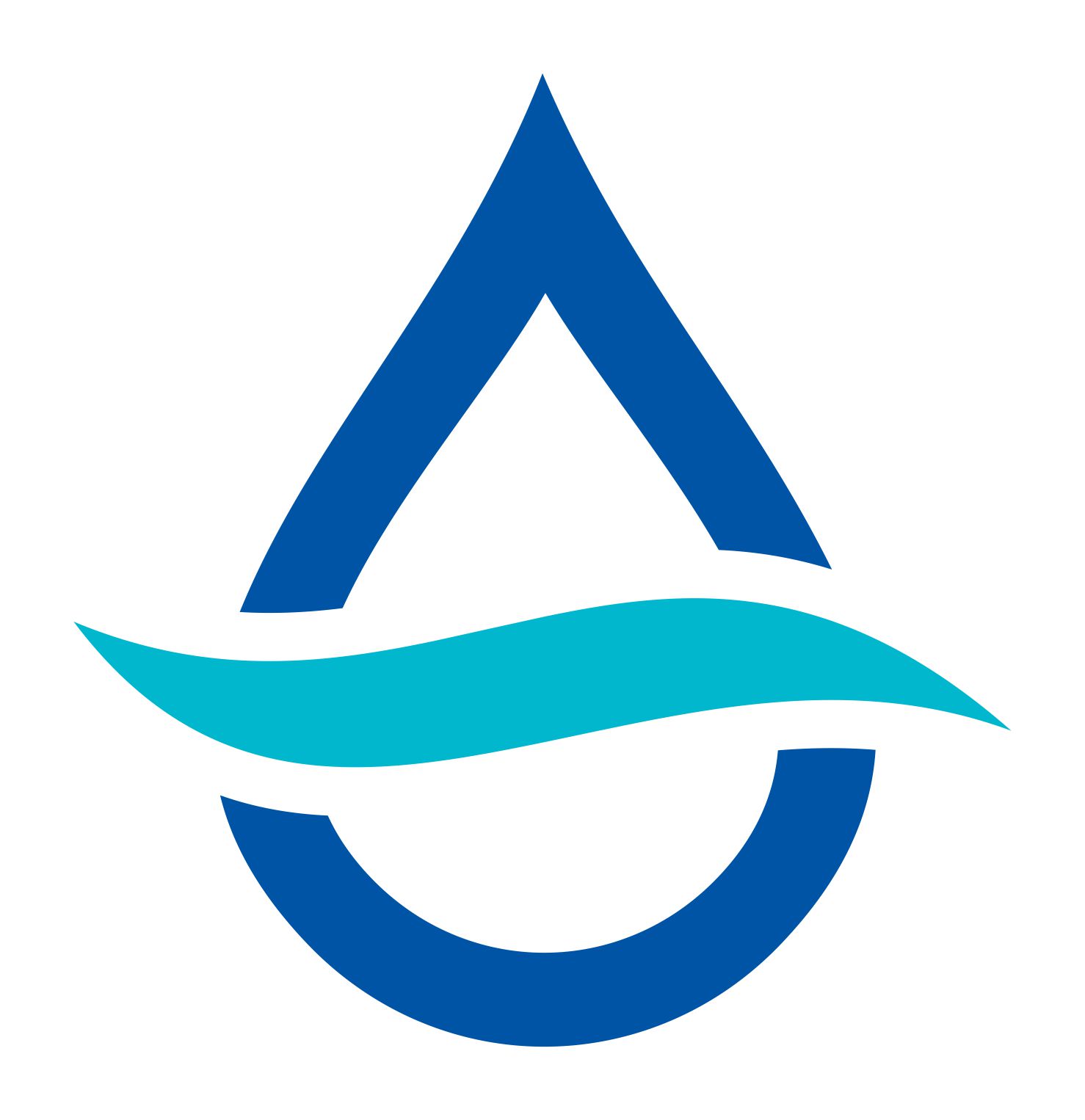Backflow prevention devices are essential for maintaining the safety and integrity of our water supply. These devices prevent contaminated water from flowing back into the clean water supply, protecting public health and preventing the spread of waterborne diseases. There are several different types of backflow prevention devices available, each with its own unique set of features and benefits.
One of the most common types of backflow prevention devices is the check valve. Check valves are typically installed on water supply lines to ensure that water flows in only one direction. When water pressure drops, the check valve closes automatically, preventing contaminated water from flowing back into the clean water supply. Check valves are relatively inexpensive and easy to install, making them a popular choice for residential and commercial plumbing systems.
Another type of backflow prevention device is the reduced pressure zone (RPZ) backflow preventer. RPZ backflow preventers are more complex than check valves and provide an additional layer of protection against backflow. These devices use a double check valve system with a pressure-reducing valve in between to create a barrier that prevents contaminated water from entering the clean water supply. RPZ backflow preventers are typically required for high-risk applications, such as commercial and industrial plumbing systems.
Pressure vacuum breakers (PVBs) are another type of backflow prevention device that is commonly used in residential plumbing systems. PVBs are typically installed on outdoor faucets and hose bibs to prevent backflow contamination from garden hoses and irrigation systems. These devices rely on a spring-loaded check valve that closes when water pressure drops, creating a vacuum to prevent backflow. PVBs are relatively inexpensive and easy to install, making them a popular choice for homeowners looking to protect their water supply.
Regardless of the type of backflow prevention device you choose, it is important to have it installed and maintained by a qualified professional. Improper installation or maintenance can compromise the effectiveness of the device, putting your water supply at risk. If you are in need of backflow prevention device installation or maintenance, be sure to contact a reputable plumbing service provider like Sydney plumbing services.
In conclusion, backflow prevention devices are essential for protecting the integrity of our water supply and preventing the spread of waterborne diseases. There are several different types of backflow prevention devices available, each with its own unique set of features and benefits. Whether you choose a check valve, RPZ backflow preventer, or PVB, be sure to have it installed and maintained by a qualified professional to ensure its effectiveness. Contact Sydney plumbing services for all your backflow prevention device installation and maintenance needs.
For more information visit:
Sydney Backflow Prevention Testing | Accredited Plumber
https://www.sydneybackflowprevention.com.au/
0431643562
Sydney, Australia
Sydney Backflow Prevention are backflow accredited licensed plumbers who specialise in backflow containment device testing across Sydney.
All test reports submitted to Sydney Water within 24 hours.

